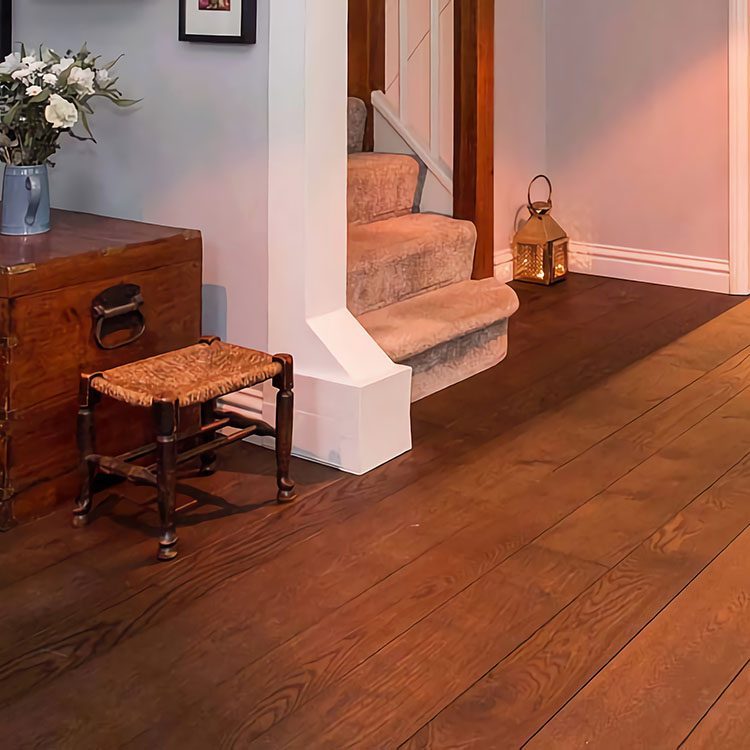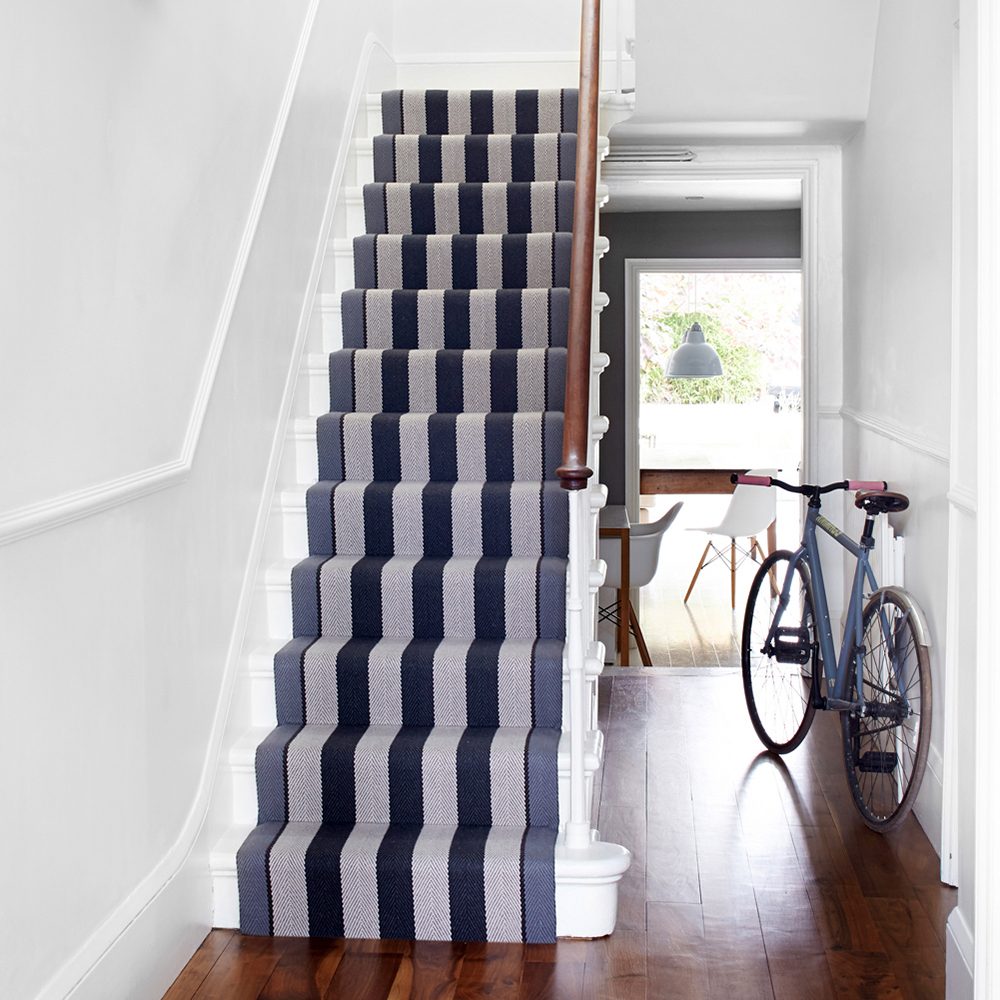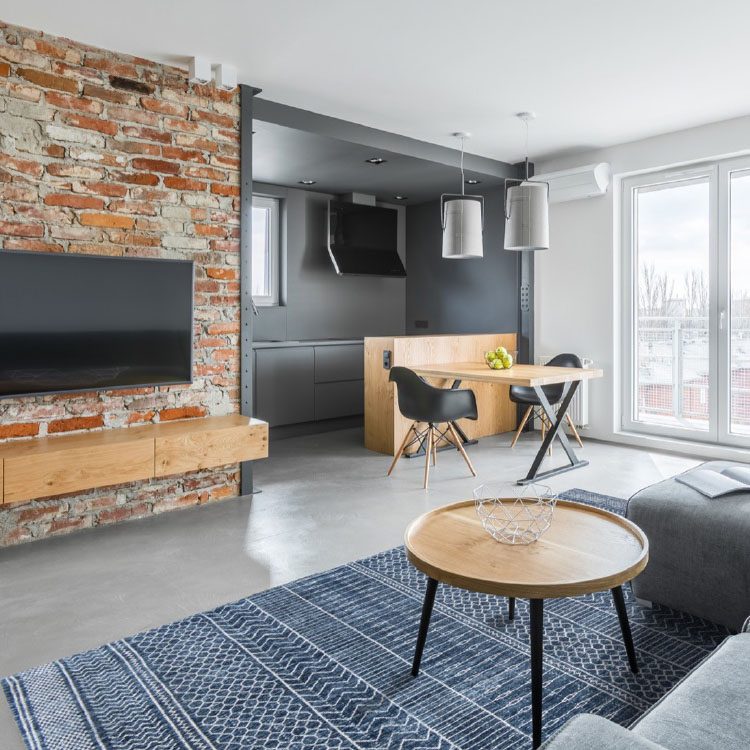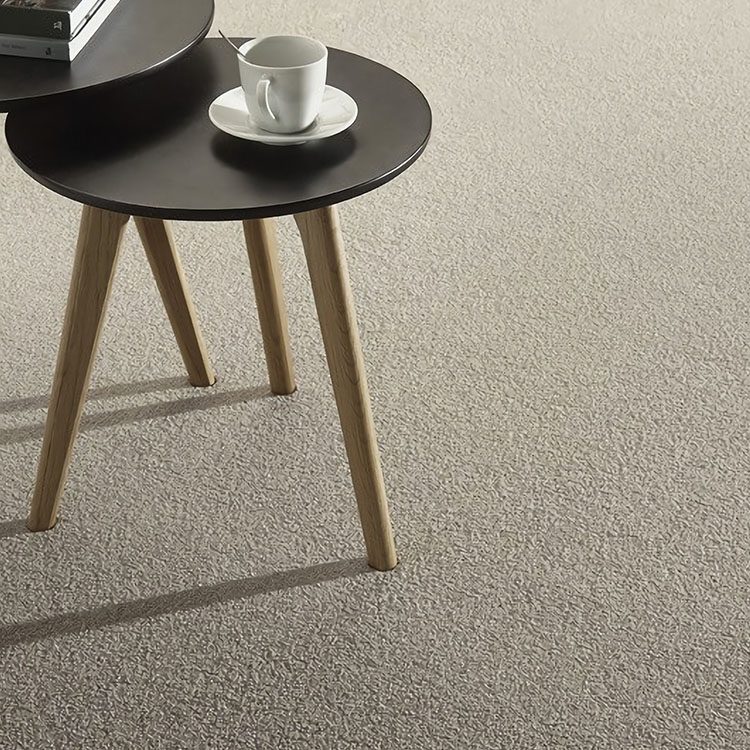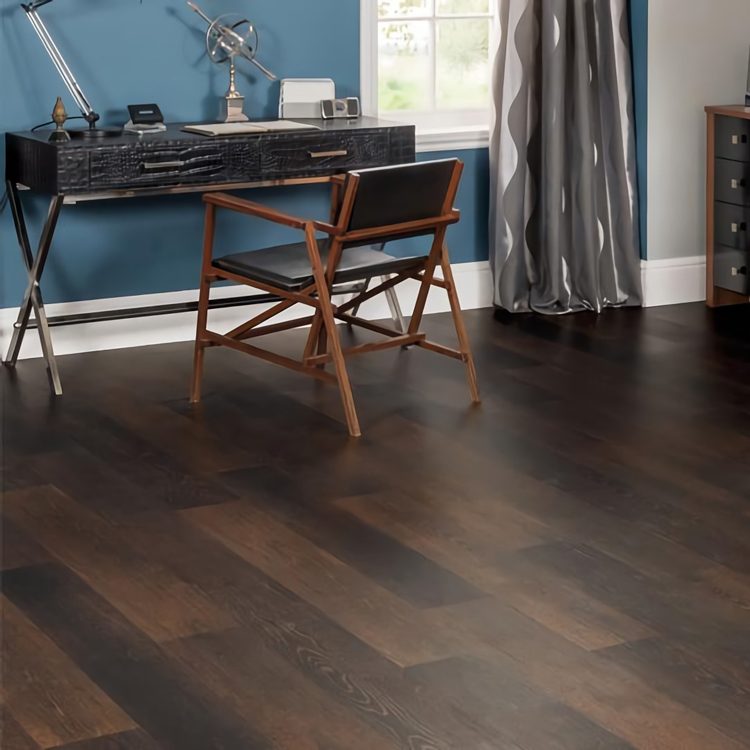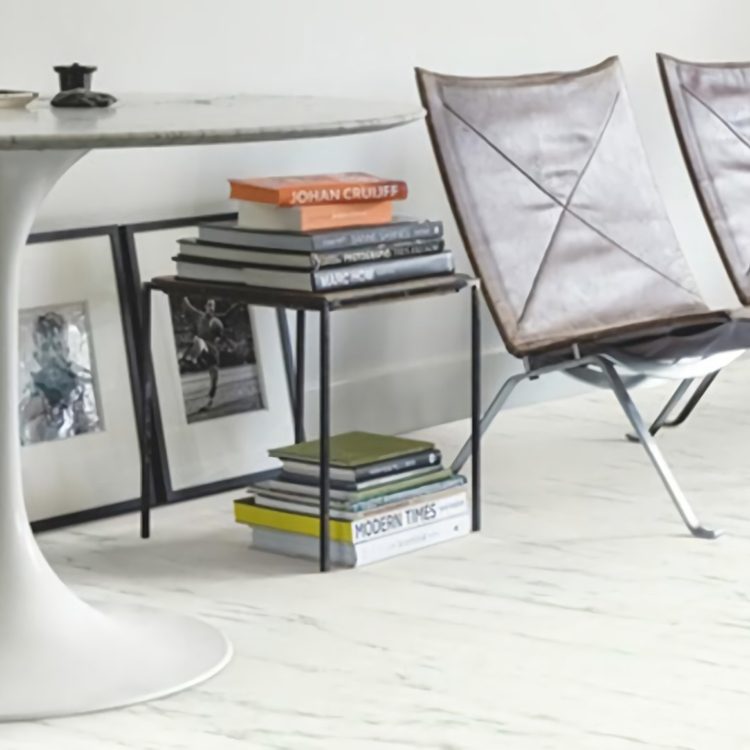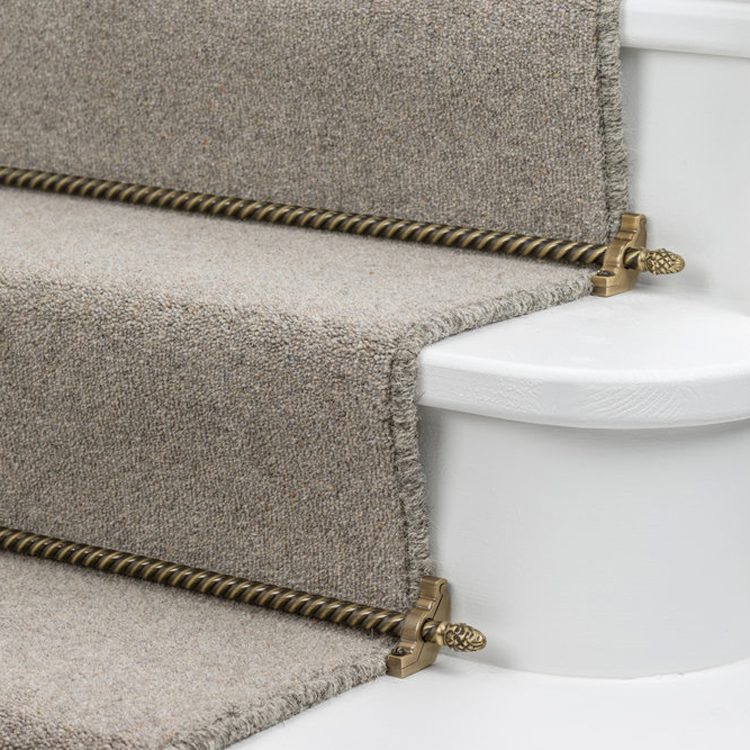
Our simple guide to maintaining and cleaning your wood floor
Modern engineered wood flooring gives you the best of all worlds: an authentic wood floor texture and appearance, yet it’s much more stable and resistant to changes in moisture and temperature than traditional solid wood flooring. With its laminated structure and solid hardwood top layer, engineered wood flooring is incredibly tough and can literally last a lifetime – but it does need care and maintenance to stay looking and performing at its absolute best.


How to clean your engineered wood floor
- Start by sweeping your floor with a soft brush or microfibre mop, or vacuuming it using a soft-flooring attachment, to remove dust and grit: this will help to prevent scratches. Ideally, this is a job for every day – or as often as you can stand it!
- Next, wash your floor. Although it copes with moisture better than solid wood, engineered wood flooring shouldn’t be allowed to get soaking wet. Traditional stringy mop-heads tend to leave drips and dribbles that accumulate on the floor surface: we recommend using a flat-bottomed mop instead, and wringing it almost dry before use. Any spills or puddles should be wiped up immediately.
- Unless you’re trying to remove a stain from your wood floor (see below) it’s best to use water only. If you’re going to use detergents or other cleaning agents, always check they’re safe for use on engineered wood flooring. Avoid using harsh chemicals, wax-based cleaners or abrasive materials such as wire wool, as these will scratch the surface, spoiling the wood floor texture.
- Finally, gently rinse your wood floor with clean water. If you can, use separate buckets for your washing and rinsing water; otherwise, ensure you remove any traces of detergent from the bucket before you use it for rinsing.
How to remove stains from your engineered wood floor
Every wood floor owner worries about spills and stains, so you’re not alone. If a glass or red wine or cup of coffee gets knocked over, it’s easy to panic and assume your floor is ruined forever. The good news is, you can remove stains from engineered wood flooring: the key to is to act fast.
- Wipe up the spill immediately. The sooner the liquid or substance is removed, the lower the risk of staining, and the better your chances of removing any stain that does occur.
- Surface stains (from food or drink spillages, for example) should come out with warm water and a mild wood-floor-safe detergent.
- More serious stains that penetrate deeper into the wood grain may need something more radical. Many people swear by hydrogen peroxide, but be careful: it’s a bleaching agent, so may simply pull the colour out of your floor. Do a patch-test somewhere unobtrusive first.
- If all else fails, sanding your floor may be the only remedy. Sanding just the stained area is obviously cheaper and less hassle, but may risk leaving the finish uneven; sanding the entire floor is clearly more expensive, but will ensure an even finish, and is an opportunity to give the whole surface a facelift. Please contact us for advice on this – and please don’t attempt to do it yourself!
- If you have any worries or concerns, please call us: we work directly with the manufacturers of all our engineered wood flooring and can advise on the best solution.
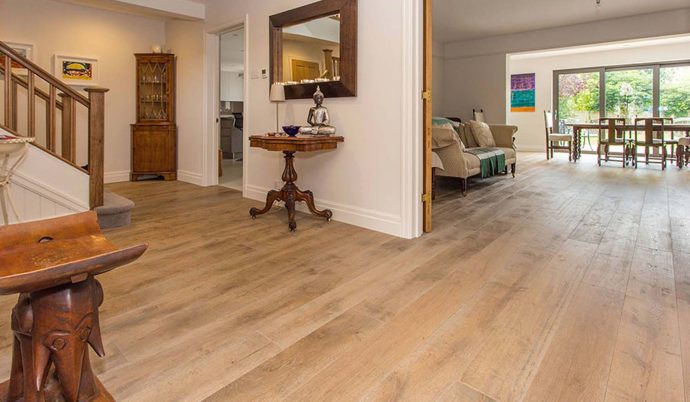

General engineered wood flooring care and maintenance tips
- Tough as it is, engineered wood flooring is still susceptible to dents and scratches. If you feel these add character and give your floor that authentic ‘lived-in’ look, skip to the next point. To prevent scratching, place furniture pads under table legs and castors, use doormats to catch dust and grit being brought in from outside, and avoid walking on your wood flooring in spike heels. As mentioned above, daily sweeping or vacuuming will help prevent the fine scratches that, over time, can make your floor look a bit hazy and tired.
- Wipe up spills immediately to prevent staining.
- Don’t over-wet your engineered wood flooring.
- Exposure to direct sunlight can cause your wood flooring to fade or discolour, so close blinds or curtains as necessary to protect it
- The top layer of engineered wood flooring is real hardwood, so it can be sanded to remove blemishes and restore its appearance. However, it’s a veneer, so in practical terms, you can generally sand it only two or three times in its life. This makes preventing damage even more important than with a solid hardwood floor, which can be sanded many times.
- If your engineered wood floor has a lacquered finish, there are special products available to help keep the lacquer in prime condition: we can advise on the best ones to use.
